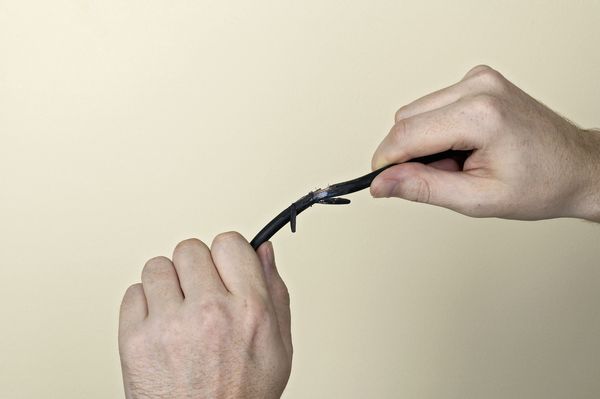WHAT CAUSES SHORT CIRCUIT,
Short circuits can damage your home and appliances. Here’s a detailed look at what can spark— and prevent — a short circuit.
What Is a Short Circuit?
A short circuit occurs when part of a wire carrying current touches another wire or part of the circuit and gives the electricity a path of less resistance. For example, if a wire with faulty insulation becomes exposed and touches a metal light switch, current can flow along the light switch and result in a shock.
In simple terms, a short circuit gives electricity the path of least resistance between two conductive points. Less distance between the two points means less resistance, which means your short circuit will produce more heat and result in burns and fires.
Causes
Shorts can stem from a variety of problems. Here’s a look at the most common short-circuit culprits in your home:
Faulty Insulation: Old or damaged insulation allows neutral and live wires to touch, which can cause a short circuit. Nail and screw punctures as well as age can cause wire casings or insulation to deteriorate and allow short circuits.
Loose Connections: Attachments can loosen, sometimes allowing neutral and live wires to touch. Fixing faulty wire connections is difficult and sometimes requires working with live wires.
Household Pests: Animals like mice, rats and squirrels sometime chew on wires. This can cause neutral and live wires to cross and result in a short.
Appliances: Old or broken appliances can develop shorts over time. Short circuits in appliances can occur in the plugs, in the power cords or inside the device. It’s best to have a technician look at shorts in larger appliances like ovens and dishwashers.
Be sure to call a pro if you suspect a short in your home.
Addressing a short-circuited wire will require working with live electricity.
Pinpointing a Short Circuit
Many short circuits are characterized by sparks, flames or smoke. Shorts can sometimes be internal as well — and these are harder to spot. Fortunately, identifying a short isn’t difficult and doesn’t require working with live or open wires. Here’s a quick how-to:
Locate the Flipped breaker: A short will cause your breaker to trip. The switch attached to a tripped breaker will flip the opposite direction of the other breakers when it overloads or shorts. Some breakers are also marked with red or orange indicators.
Inspect Power Cords: Inspect all the power cords plugged into outlets along the circuit. If you find any that are damaged or on which the plastic insulation is melted, there is a good chance the short circuit is within the appliance or device itself.
Turn off the Power: If no problem appliance or device is found, switch off all the lights and unplug any appliances on the affected circuit. It’s helpful to label your breakers with each room or appliance it powers. Knowing which item or area of your home has a faulty breaker will help you pinpoint potential shorts.
Reset Your Breaker: Locate your tripped breaker and reset it. You can reset most breakers by flipping the switch in the opposite direction of its current position. If the switch immediately trips, you may have a short in the receptacle or switch. Call an electrician to take a look.
Troubleshoot Your Breakers: Turn on each light switch until the breaker trips again. The switch that causes the trip is likely the source of your short circuit.
Identify the Appliance: If none of your switches trip the breaker, plug your appliances back in one at a time. The appliance that trips the breaker has a short.
When to Call an Electrician: If no problem is found at any appliance, outlet, switch or light fixture, the problem may be in hidden wiring somewhere in the walls. The only solution here will be to hire an electrician to inspect and correct the problem.
The Dangers of Short Circuits
Short circuits are abnormal connections that allow for additional electricity to run through your switch, appliance or outlet. The additional heat generated by the bump in electricity can cause fires if the affected wires encounter flammable parts of your home.
Bare or broken wires, in the case of chewed or damaged cords, can also cause a short circuit and expose your family or pets to a shock hazard. If you notice a stripped or damaged cord, unplug it immediately.
Be sure to insulate the conductive materials around electrical equipment in your home to protect against short circuits. It’s also important to maintain and check electrical equipment. Avoid bending or crimping wires too tightly. Don’t overload circuits with too many plug-in or electricity-hungry devices.
Calling a Professional
Replacing your faulty appliance will solve most appliance-related shorts. Don’t hesitate to call a professional to handle short circuits located in switches, outlets or breaker boxes. Tackling a repair yourself can result in personal injury and serious damage to your home.
Also, if you smell burning or notice obvious signs of fire — charring or melting — cut power to that portion of your home and call a professional immediately. Continuing to run power to a shorted circuit can result in fire and other serious hazards.




Comments
Post a Comment